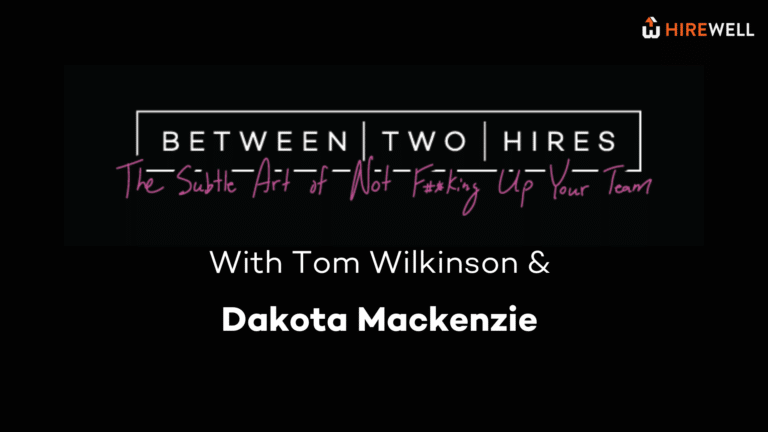One trend we are seeing across many clients in Hirewell’s Marketing practice is the desire to see a marketing portfolio, and not just from design/UX candidates. Hiring companies are asking to see portfolios across all areas of marketing, and this trend is fast becoming the norm. A strong resume and LinkedIn page are no longer cutting it for many companies.
Hiring mangers want to see work samples, but they also want to see that a candidate has a firm grasp of the numbers side of marketing – data, metrics, etc. – and how they made decisions based on those numbers. Candidates need to be able to get deep into the analytics side of things when asked, as well as be able to answer open-ended questions like, “Your budget is X, how would you spend it?”
So how do you create a marketing portfolio and what should it include? Think of it as an easy-to-present, dynamic collection of your work history that represents your industry experience, technical ability and core strengths.
Your marketing portfolio must be neatly organized, easy to navigate and ideally, optimized for mobile (if presented digitally). There are many free drag and drop website and portfolio hosts available, so you need not stress about creating anything from scratch. You can simply put something together on a computer or tablet to bring with you to the interview, or print out a nice physical copy to talk people through. If you decide to host it online, make sure it is password protected if any of the examples you use are proprietary.
Here is our advice on what to include in your marketing portfolio and how to present it:
1. Keep it recent, relevant and clearly organized.
Include only five to ten of the strongest examples of the large projects you were a part of and work samples tailored to the job you are seeking. Make a strong first and last impression. Start your marketing portfolio with your strongest examples and end with the second strongest.
Include presentations, examples of your writing, campaign photos, etc. Make sure your body of work showcases your key strengths and areas of focus. Explain the strategy behind the work – get into the details of the creative brief, the objectives, challenges, the goal and the results. Don’t forget you will be asked to dive into the number side of your decisions.
Your work examples should all be within the last five years. Exceptions to this rule are cases where you led the ideation and creation of a major campaign or won high-profile awards.
Keep your marketing portfolio organized with distinct categories, e.g., industry-specific, media specialties or chronological. Note: if you’re an entry-level marketer, organizing your work in chronological order is probably your best bet. Start with your most recent stuff to showcase your professional progress.
2. Include leadership roles, professional and personal accomplishments.
Have you managed a group or project? What recognition or awards have your work, or your team, received along the way?
3. Link to your LinkedIn profile.
If you’re not utilizing your LinkedIn profile to its fullest capabilities, stop what you’re doing and refresh it immediately with these six easy steps.
4. Include a traditional resume.
Make sure to include plenty of relevant metrics and data in your resume.
5. Provide references.
Before including just any old reference, check out our tips on selecting and executing references here.
6. Provide contact information.
Make sure to include your contact information is clearly visible at the beginning and end of your marketing portfolio.
And finally . . .
7. Tackle your own marketing portfolio like you would a client project, with a full understanding your target audience and how you’d like them to experience your work.
Your marketing portfolio should be able to do the talking for you, so incorporate catchy titles and select thoughtful words and phrases to help the hiring manager understand your role in a project and how you approach the creative process.
Developing a marketing portfolio using the tips above will undoubtedly set you apart from your peers in an increasingly competitive field. When you’re ready, reach out to the marketing recruiting specialists at Hirewell to learn about the amazing opportunities we have available and take the next step in your creative career.







